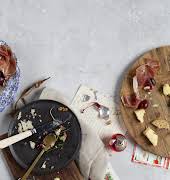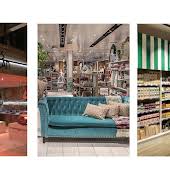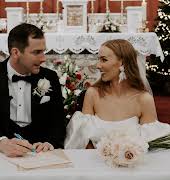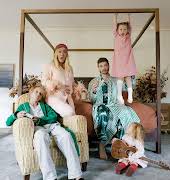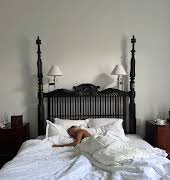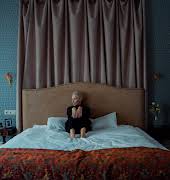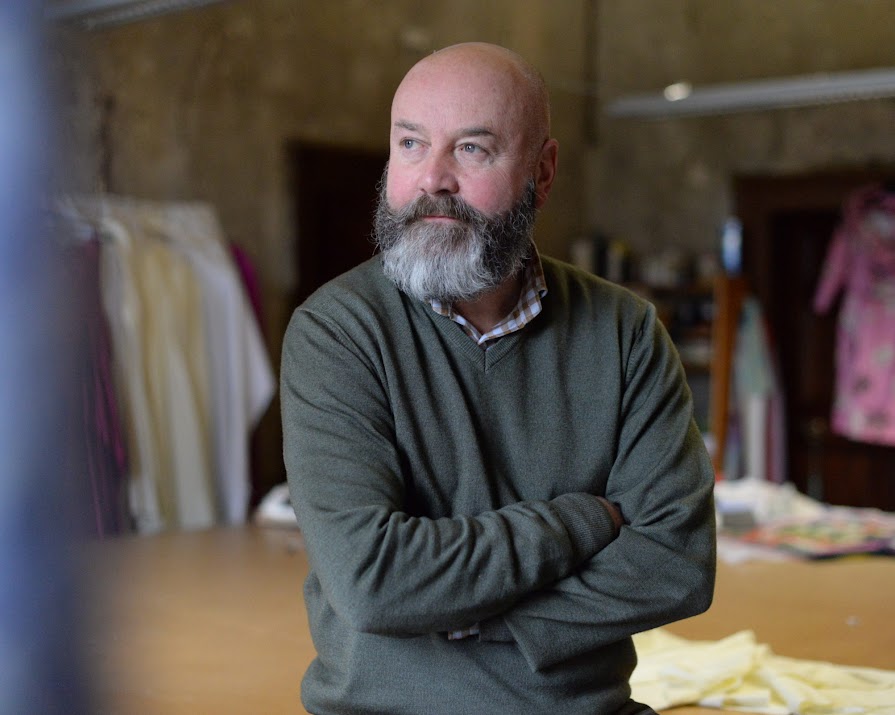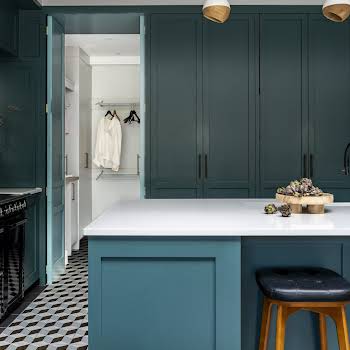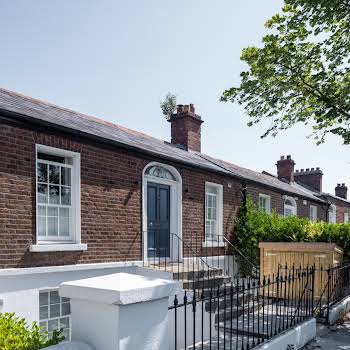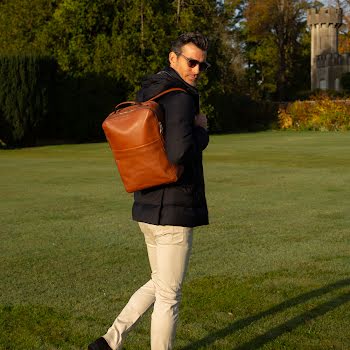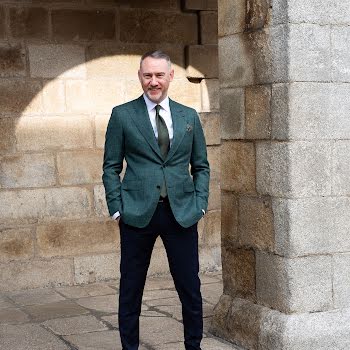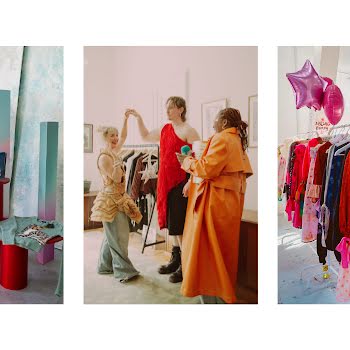
By Suzie Coen
19th Jun 2019
19th Jun 2019
The splendid Dublin home of couturier Jen Kelly has been a labour of love – to which he has brought all the craft, imagination and theatrical flair that typify his bespoke designs. Suzie Coen gets a tour.
The world of couture is extraordinary; it’s an art form for designers, the chance to show their skills in the same way athletes hone their bodies to set records at the Olympics.
At the shows, fashion’s most celebrated handiwork is showcased as a shiny statement of technical ability and creative prowess (and financial muscle), but it is ultimately about the glory of beautiful bespoke clothes, treasured by their owners for generations.

As a couture designer for nearly three decades, Derry-born Jen Kelly operates in a rarefied world. Boasting an enviable client list of discerning, stylish Irish women, he has dressed everyone from presidents to pop singers; celebrities to socialites; supermodels to the Saudi royal family.
From daywear to red-carpet-ready confections, his eye for sharp tailoring and use of lavish fabrics and exquisite embellishments has made him a favourite with women of all ages and sizes, who love his accessible approach to elegant, feminine fashion.
It’s no surprise that the designer’s appealing blend of theatrical drama, luxury sensibility and historic respect is reflected in his home, a magnificent Georgian townhouse, which is both his home and the base for his business.
“This house is the true essence of a fashion house because I create here, we manufacture here, people come here to buy and be fitted, and I live here.”
The area was also dubbed the Monto at one stage, and we know that prostitutes lived in the basement
The house dates from 1756 and it’s one of the oldest on Dublin’s North Great Georges Street. “It was built by a Georgian bishop, and it took ten years to build,” Jen says.
“At one time in the 1960s, it was a tenement building where 26 families lived… With one outdoor loo – can you imagine? The area was also dubbed the Monto at one stage, and we know that prostitutes lived in the basement, which was painted entirely pink,” he adds.

It takes a certain kind of creative vision to have not only seen the potential of this period home, but also to have made the decision to conserve, to revive rather than dramatically restore.
“When I bought the house 16 years ago, I knew we had to do essential repairs, but I felt we should aim to respect the things that survive.”
A lot had to go, of course. He added a new roof, rewired and replumbed, and all the windows had to be redone. In every room, the skirting and architraves had to be made. “We even had to have the metal tools crafted to create the architraves and skirting exactly as they should be,” Jen explains. Wonderfully moody but gloriously inviting, the décor combines a series of design contradictions to surprisingly harmonious effect.
As vibrant as the man himself, the house is considered and crafted, but far from showroom stiff. Some rooms, like the opulent fitting room for clients, are meticulously presented and super-welcoming, as befitting a couture experience.

Other rooms, like the drawing room on the ground floor, are less “finished” but no less dramatic. Parts of the walls here display what looks like peeling paintwork at first glance, but is in fact exposed original plasterwork. Jen explains that “these walls were once covered in wallpaper, thick like a carpet, and there’s a story that my neighbour David Norris was here at a dinner party and goes to pull a piece of the wallpaper off, thinking it would reveal dampness underneath. Instead, all this beautiful plastering depicting a series of Roman coins was revealed.
“Then we found out that the plasterer of the time was a Frenchman called Pierre Laurent, a travelling troubadour of arts and skills who went from town to town plying his trade. His work can also be seen in Ely House. We cleaned it up a bit, but didn’t change a thing.”

The walls in the drawing room on the first floor have also been left untouched, and you can see small tufts of actual horse hair, which would have been used to mix the plaster. The result is both distressed and distinguished. You’ll find examples of this roughed up beauty – deconstructed elegance – throughout the house.
“I’m led by my eye,” says Jen. “The colour of the floorboards excites me as much as a bolt of fabric. My home is all about things that inspire and engage me.” And there’s plenty to excite. From the Fortuny lamps made in Venice, which hang from lofty ceilings decorated with mid 18th century mosaics, to the unpolished floorboards warmed up by faded Oriental rugs and jolts of colour from embroidered couches.
“Beautifully framed pictures of family and friends, art books and cherished artefacts jostle for space on the richly-hued antique furniture, while the walls display an eclectic yen for art that’s both modern (with favourites by Patrick Scott and Louis le Brocquy) and quirky vintage finds. This home is all about grandeur, but with its feathers expertly ruffled.

This is also his creative hub – everything is done here. The design work, the cutting, the embroidery, the appliqué work. “I’m very proud that it’s all done in-house, in Ireland,” Jen says. He is happiest dressing women in his studio, where new collections take shape and his clients are transformed. He believes in the empowering nature of having the right clothes – and his duty to provide this.
“That’s what clothing is about – it’s getting into a person’s soul. Fashion is actually wearing your heart on your sleeve.
“The most important thing I can do for my clients is to make them happy and make them sexy and gorgeous, when they wear something by Jen Kelly.”

Photography by Eoin Higgins

This article originally appeared in the June issue of IMAGE Magazine, on sale now.
Read more: This red-brick Victorian house in Rathmines is priced at €1.59 million
Read more: Take a peek inside this newly refurbished private members’ club at 3Arena
Read more: Upcycling: Where to begin and what to know, according to an expert


